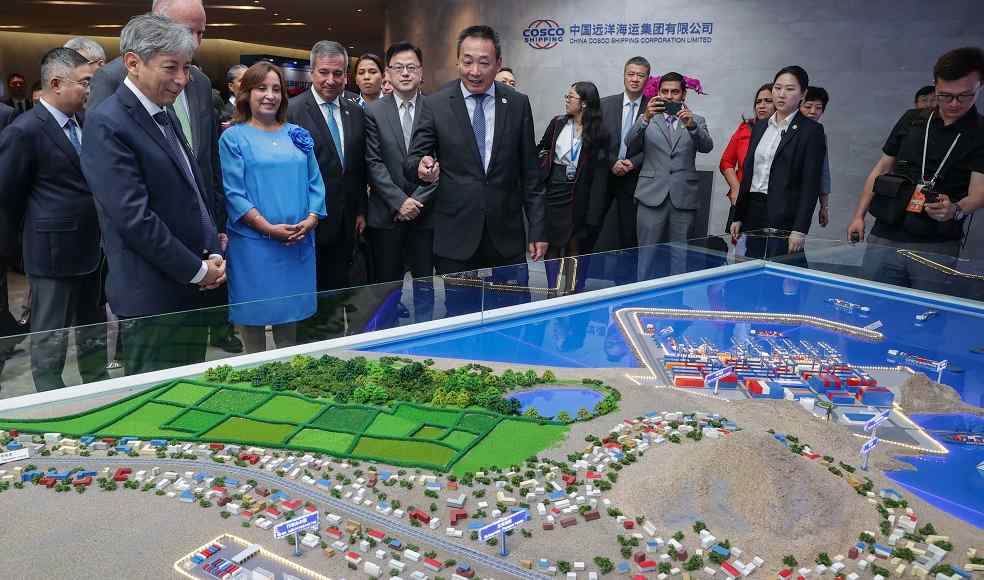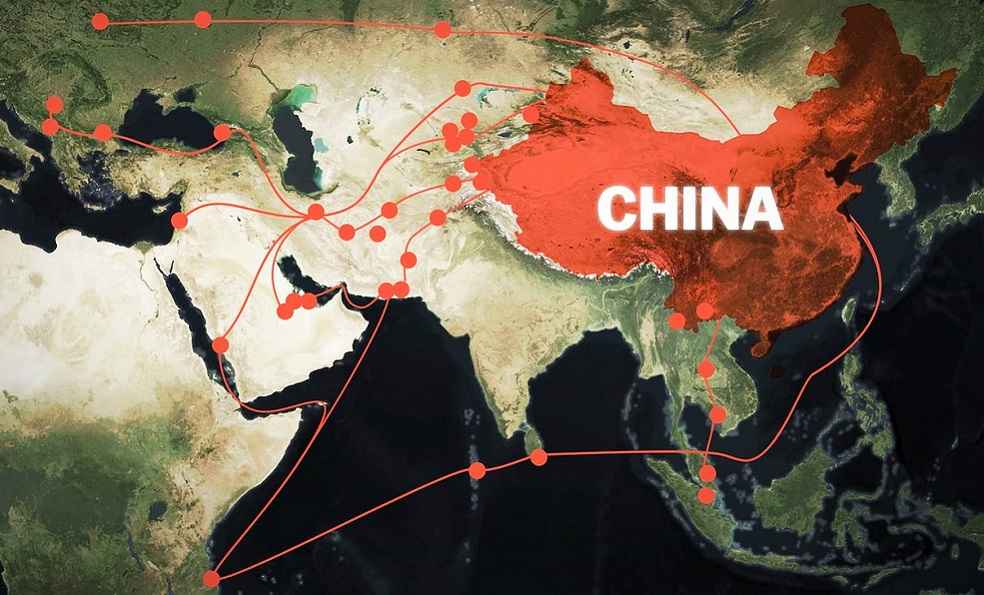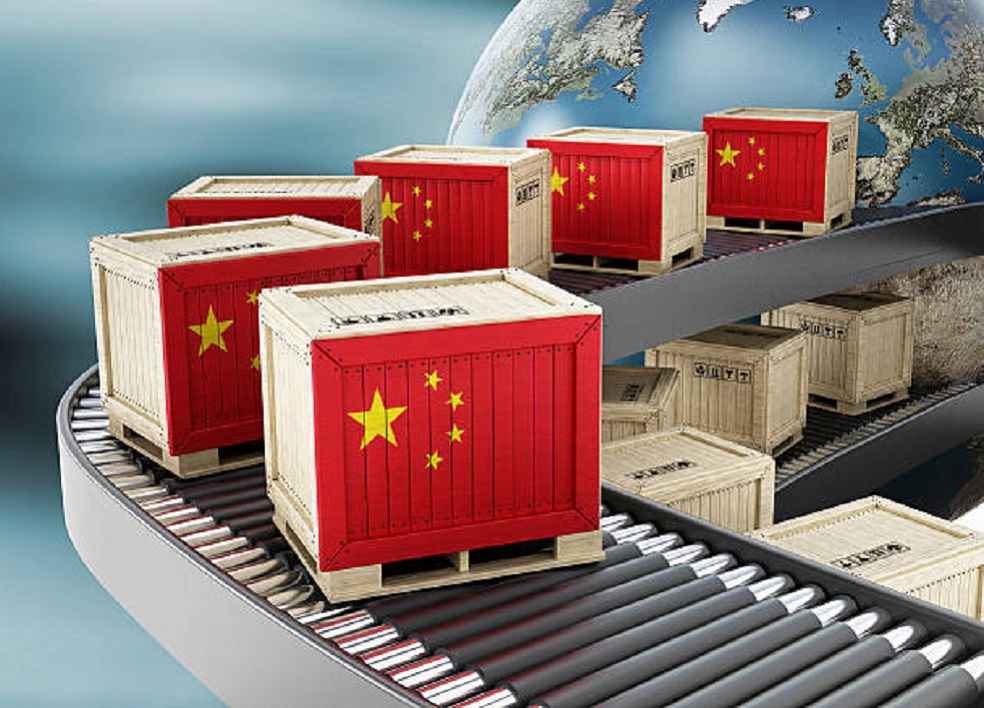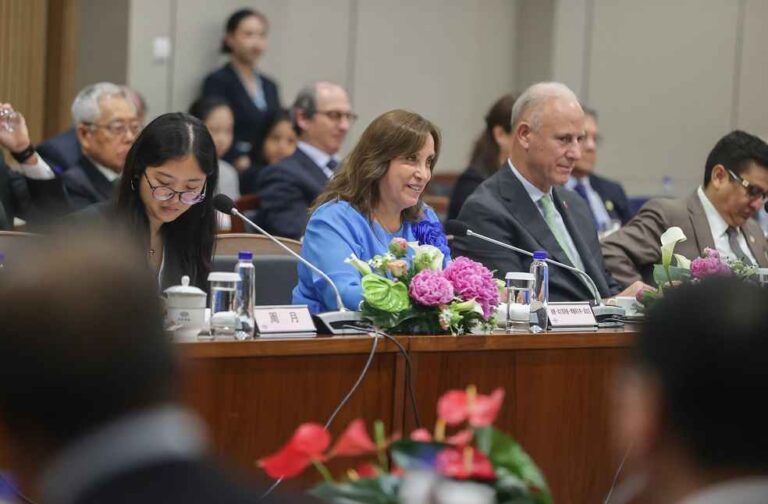According to the insights from both Chinese and Peruvian analysts, China and Peru are poised to boost their economic and trade ties under the Belt and Road Initiative (BRI). It coincides with Peruvian President Dina Boluarte’s state visit to China, which started on Tuesday.
Experts highlight the strong complementarities and mutual benefits between the two trading partners. Their relationship remains robust despite external efforts by the US to disrupt these ties.
President Boluarte’s five-day visit began with a tour of Shenzhen, the innovation hub in South China’s Guangdong Province. The schedule includes stops in Shanghai, a key financial and trade center, and will conclude in Beijing with high-level meetings. This itinerary underscores Peru’s commitment to deepening its comprehensive relations with China.

Former Peruvian Ambassador to China, Juan Carlos Capuñay, emphasized the visit’s importance, pointing to its potential impact on the upcoming APEC Peru 2024 summit in Lima. Additionally, the Port of Chancay, a major BRI project, is expected to be inaugurated following the summit.
Capuñay noted the visit’s importance in showcasing Peru’s business opportunities. President Boluarte will attend the signing of the China Peru Business Council, designed to unite private sectors from both countries and bolster existing promotional mechanisms.
During her time in Shenzhen, President Boluarte met with industry leaders like Huawei and BYD to discuss collaboration in technology and the green economy. In Shanghai, she will hold talks with COSCO Shipping, a major player in the Port of Chancay project.
A key goal of the visit is to boost economic and trade cooperation. Reports indicate a focus on expanding traditional trade, such as agricultural products, and attracting more Chinese investment into Peru, especially in advanced technology, green, and digital economies. Wang Youming, of the China Institute of International Studies, highlighted these priorities.

China is Peru’s largest trading partner, while Peru ranks as China’s fourth-largest trading partner in Latin America. Representatives from the Peruvian delegation noted a significant increase in the market share of Chinese automobiles in Peru, which has risen from 5 percent to 25 percent over the past five years.
During the visit, the two countries are expected to sign agreements to enhance political dialogue, investment, technology transfer, tourism, and market access for Peruvian products in China.
The completion of the Chancay port project stands out as a major milestone in bilateral cooperation. Capuñay described it as vital for developing a national infrastructure system that boosts economic integration and connectivity both regionally and globally. The port will serve as a key logistical hub, reducing sea transport time between South America and Asia, resulting in significant shipping cost savings.

The visit also underscores Peru’s determination to deepen ties with China despite US efforts to disrupt the relationship. The US has repeatedly criticized China’s BRI cooperation with Latin American countries, including the Chancay port, claiming it serves military purposes.
Wang observed that Peru’s firm stance against US pressure highlights the increasing strategic autonomy of Latin American countries. Collaboration with China is viewed as essential for addressing economic challenges and moving beyond the middle-income trap. Peruvian Foreign Minister Javier González-Olaechea Franco reiterated this view, emphasizing the importance of mutual support and respect for each other’s development models.
LOGISTICS INDUSTRY | Africa’s Malawi Strengthens Role as Logistics Hub with Fertiliser Shipment



